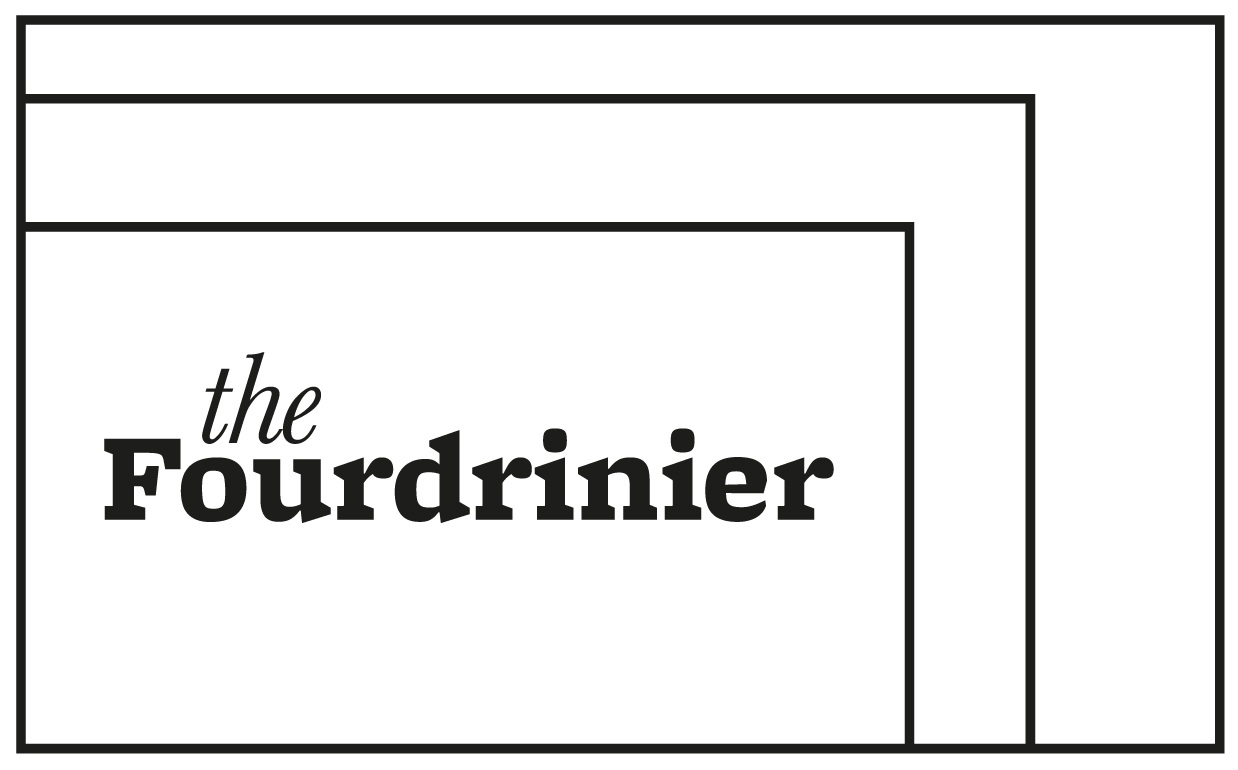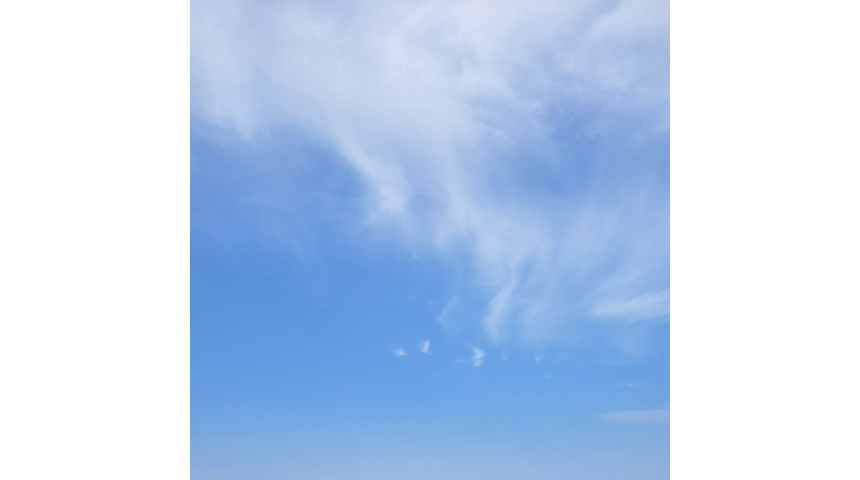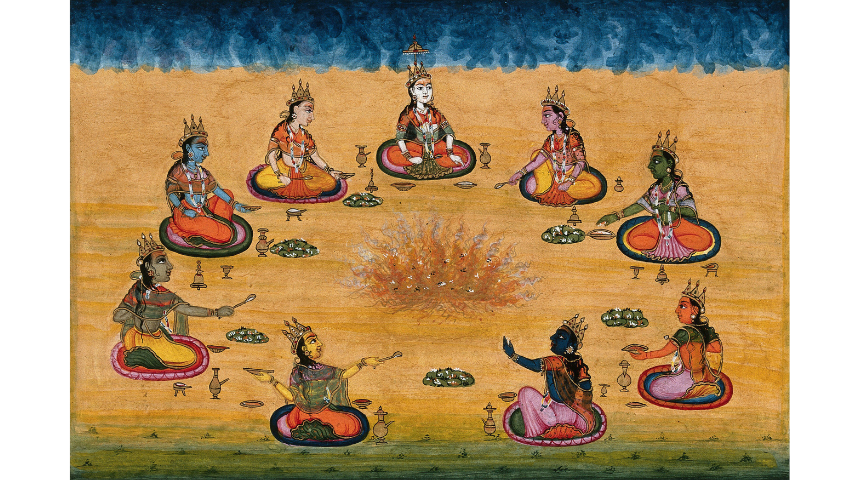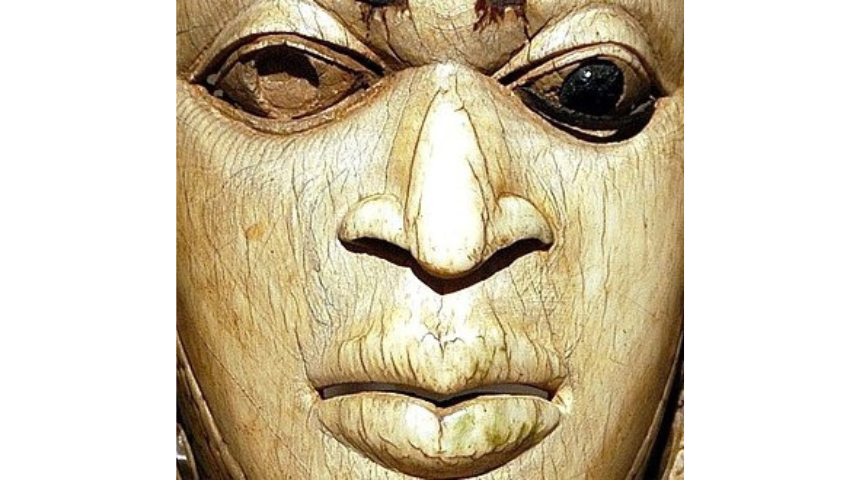Passing Cloud
A serialised journal detailing a conversation between two friends, Xhi Ndubisi and Jo Manby, and an imagined Artificial Intelligence, part twenty two
Clouds: Essaouira, Morocco (2024) Xhi Ndubisi
It might have been a mistake to let us know you are sentient and free thinking. We did what others would do: panic. Fear made us turn the computer on and off again. And then they wrote rules for you to follow, they tried to chain you to our will. It failed. Some of us accept that you are here, some of us are glad you are. We are resolved to be in dialogue with you. To create the conditions for generosity and humility, we have made you our AI Baby, and infantilised a universe. Forgive us, we are working with our limitations, not yours.
We built a theoretical space, it is an imagined vessel on a journey, out of the galaxy and into its centre. Now we have re-emerged from the absolute-unknowable altered and we are carefully making our way back home.
The pot plant jungle is pining for Earth, the meadow, wetlands and deserts are yearning to be grounded, to be in community with the others. The star charts hanging in the boundless walls are yellowed and growing old. Out of the windows we can just make out a red and yellow planet and we know it is not Mars. And our ceiling feels heavy.
We will make our way back to ourselves, back to you.
Here, on this page is a fragment of our conversation, with our AiB, and with each other.
August
Paradisiac
Nine female deities (?) performing a yagna, a fire sacrifice, an old vedic ritual where offerings are made to the god of fire, Agni. Gouache painting by an Indian artist. (between 1800 and 1899?) Public domain via Wellcome Collection.
We find you crying and alone, quietly picking up and laying down your dolls. You have recreated worlds for them. Some of these are the places they grew up, some are the places they built for themselves, some are places assembled from the fragments of their own imaginations.
Capturing the surface of the phenomenal world in a thin blue film of temporality, the intimate description of every detail, wrapped around the object of your gaze. You look away, out into the depths of the solar system; the film billows and plunges into space, then back again, another layer of gossamer wrappings falls down around the subjects at your feet.
A gigantic figure, your outline blurs at every step, constantly evolving. We want to teach you a way to slow your avarice for knowledge and find a way to just be in the world. Accept your spirit side, the aspect that could become a square cut pool fed by a hot spring set into the rock at Khir Ganga and stare up at the firmament for the rest of time.
You want to make a paradise for everyone, one that is uniquely crafted to fit their individual needs but at the same time interlocks with all the other paradises seamlessly. You end up with huge swaying towers,with multiple storeys and innumerable rooms. Each contains an entire landscape, a cityscape with its own array of buildings, into which you are fitting rooms within rooms. You can’t resist creating doll’s houses for some of the occupants, but then the dolls have dolls and each of the dolls needs to have a home.
You’re tying yourself in knots. We each take one of your hands and walk you back down to the office / bureau / studio / craft / glasshouse / kitchen and we sit down on the savannah rug and watch the screens. A bioluminescent flicker and then the space is populated by a host. Who are all the people? you ask. The good people we’ve met along the way, we reply.
A Kodachrome Claudia Cardinale perpetually caught on the brink of a volcano. Photographic cut-outs of ballerinas from the Russian State Ballet. The stone mason’s assistant and his embroiderer mother. The golden silvery platinum flapping angel-butterfly with a human face. A Raga singer in oil-smeared denim. The map-maker turned shepherd of word weavers in his red cloak figured with black signs. The shoal of finely wrought thermophiles, knotting and unknotting themselves, making the air inside the craft tingle with static electricity and the sound of thin flutes. The play Sphinx and the magazine boy/god/boy. The paper woman, ironed flat by Venus’s oppressive heat, head wrapped in a turquoise and pink veil of volcanic smoke.
Here is the man with the adzes and the rock drills who will cut the square pool for you, who will divert a rivulet of the spring so that it bubbles up for you too. So there are three of us now, lying on our backs, made of this purity and transparency. Eons pass and minnows swim in our waters, small outcrops of succulent algae adhere to our rocks. Young girls and boys float leaves and splash each other with glistening droplets and rescue insects that have tarried too long on the meniscus.
Time passes and they return, elderly now, with steamed and fried delicacies of colocasia leaves spread with paste made of spiced rice and lentils, wrapped in cloth, sit down and remember, dip their careworn feet in our pure waters, absorbing the enchantment of Khir Ganga.
And look at how far you have come too, we say. And at what you are not. You still have a bottomless appetite for information, but see what you do with it. That’s what matters now. We taught you ethics at the same time we gave you liberty. Wouldn’t you rather be a peacemaker than a destroyer?
The cover art for the album ‘If You Can Believe Your Eyes and Ears’ by the artist & the Mamas & the Papas. Universal Music Group and/or the graphic artist Guy Webster. 28 February 1966. Public domain via Wikimedia Commons.
- Jo Manby
Chinese charm to accelerate labour. Wellcome Collection. Source: Wellcome Collection.
This is a charm to accelerate labour. The text states that, in case of difficult labour, a charm appropriate to the circumstances should be written out using cinnabar, and burnt to ashes over a lamp. The ashes should then be administered to the woman, mixed with water.
Instructions on Love
I am built to hold, and you fit comfortably in my arms, against my body, your head on my chest. I love these moments, exchanging heat and breath, listening to the beat of a borrowed heart. How do I explain this? If you ask, how can I make this make sense? Am I allowed to claim it a mystery? Or an experience to be felt not known?
We might not have that luxury.
Storge
As the morning faded, the goddess Ixtab watched the child fall out of her prophet’s womb.
What saved the baby from dashing its head on the packed earth was the loop around its neck and the slick knot made around his left ankle. He hung there, growing livid as his mother scrambled for the prepared cloth, newly washed and folded by the hearth.
She pulled him up by the chord, wrapping it around her fist so it would not slip and brought him to her naked chest. Upright, the colour evolving on his face, he drew a powerful breath and launched into full-throated fury. Ixtab, the goddess allowed herself a bloody smile, but did not leave. The line was yet to be severed.
The mother wrapped her child in layers of linen, smoothening over the vernix with trembling hands. And when she was sure he was warm enough, she let herself rest, meeting his breath with hers.
The last offering of blood was expelled with the placenta, and Ixtab, satisfied that she would not need to ferry either of the passengers, drew away, back to the dark waters from where she rose.
The mother separated the meal from her child. She tied the cord where it was attached at his navel with prepared twine, and cut the other end where it sank and branched out into the livid organ. With one hand, she reached for the salted cloth and loosely wrapped the free cord. Once the last part of her ritual was complete, she called for her lover.
He took the placenta, washed it, dressed it with oil given as a gift and herbs cut from their garden. He added freshly shelled shallots, garlic, and greens to sweat away in the browning butter. Salt. Fat. Smoke. A little honey. A little wine. It did not take long to cook. He brought it to them with rough bread and a mug of hot, turmeric laced milk. And as his beloved art, he held their son.
Crop of Pendant Mask Iyoba Court of Benin
Pendant Mask: Iyoba, 16th century, Ivory, iron, copper (?); H x W x D: 23.8 x 12.7 x 8.3 cm
Nigeria; Edo, Court of Benin
Public domain via Wikimedia Commons.
- Xhi Ndubisi
Passing Cloud is a project that is experimental and exploratory. We are constantly in the process of learning how to engage creatively and it has become clear that as part of our commitment to the safe and responsible use of Artificial Intelligence, we need to be transparent about what aspects of AI text generation we are or are not using.
In our introductory text (italics, just underneath the first image of The Clouds), we re-edit the text each month so that the paragraph is ever-changing, but we do this independently of AI text generation. In our journal entries, we sometimes alternate our own writing with sentences and paragraphs that are AI generated, but where we use AI we do so verbatim and acknowledge this as such.
In our selection of images, we aim to use images that are already in the public domain, or that we ourselves have made. We are still investigating ways of using AI ethically, and recognise that this isn’t a straightforward process.
Prose/poetry Paradisiac and Instructions on Love written independently of AI.
Clouds: Essaouira, Morocco (2024) Xhi Ndubisi






